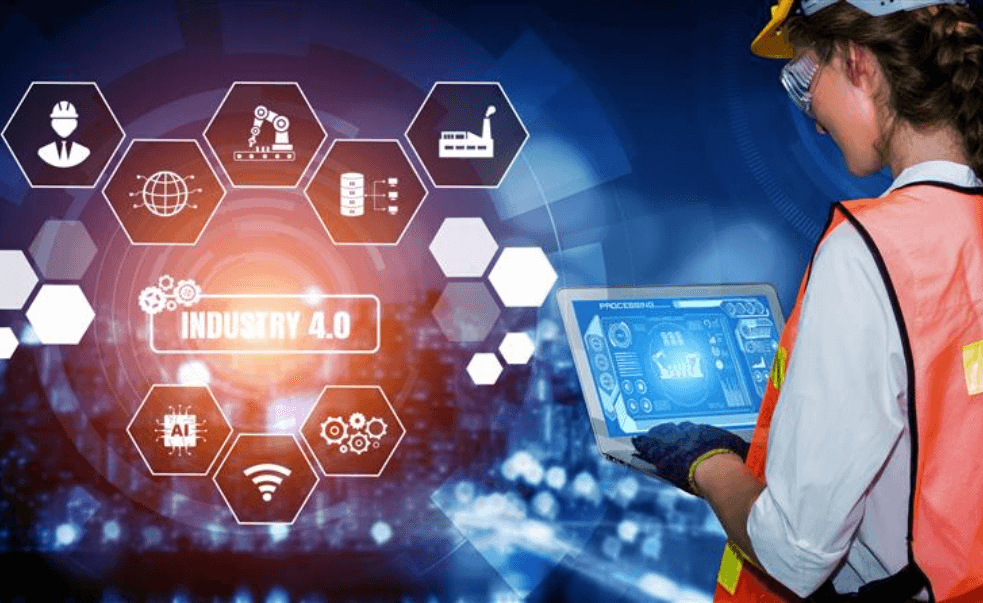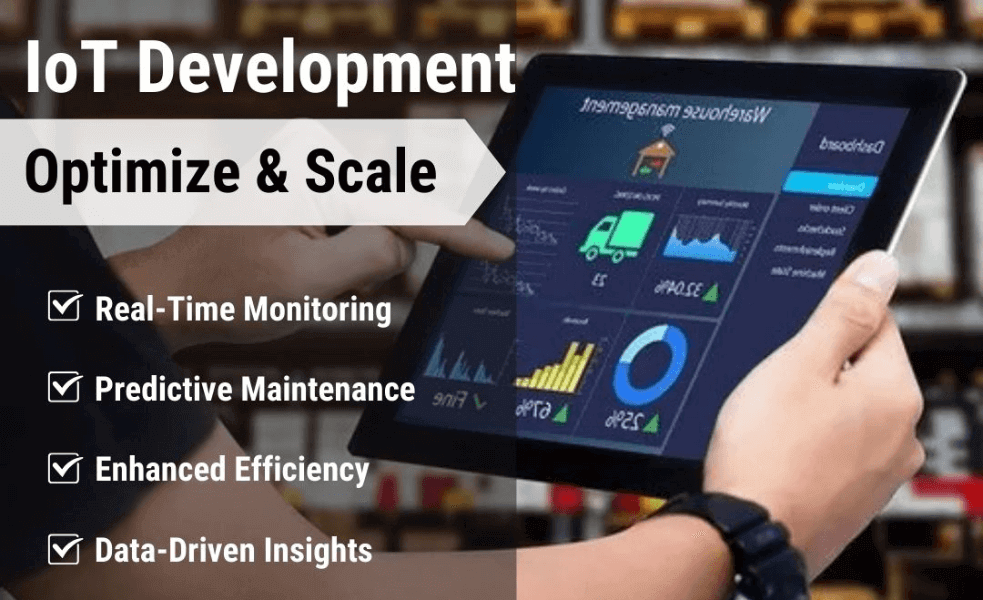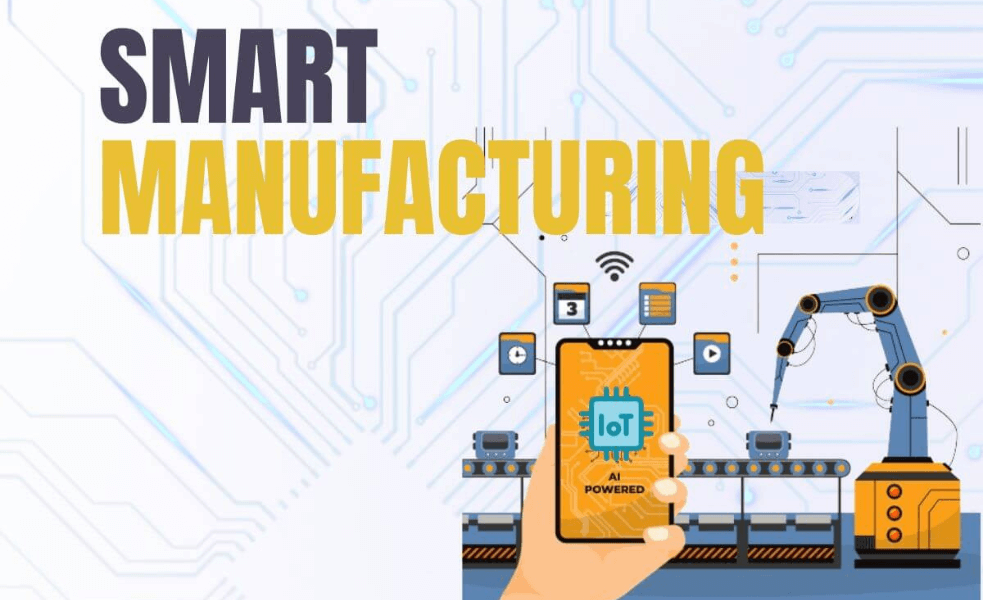The oil and gas industry stands at the precipice of a technological revolution. With the advent of the Internet of Things (IoT), traditional operations are being transformed into smart, data-driven ecosystems. IoT enables real-time monitoring, predictive maintenance, and enhanced safety protocols, leading to optimized operations and reduced costs.
What is IoT in the Oil and Gas Industry?
IoT refers to the network of interconnected devices that collect and exchange data. In the oil and gas sector, IoT encompasses sensors, actuators, and software systems that monitor equipment, track assets, and analyze environmental conditions. This connectivity facilitates informed decision-making and proactive management of operations.
Key Applications of IoT in Oil and Gas
 Predictive Maintenance
Predictive Maintenance Remote Monitoring and Control
Remote Monitoring and Control Asset Tracking
Asset Tracking Environmental Monitoring
Environmental Monitoring Data-Driven Decision Making
Data-Driven Decision MakingBenefits of Implementing IoT in Oil and Gas
 Increased Efficiency
Increased Efficiency Cost Savings
Cost Savings Enhanced Safety
Enhanced Safety Regulatory Compliance
Regulatory Compliance Sustainability
SustainabilityChallenges and Considerations
While IoT offers numerous advantages, its implementation in the oil and gas industry comes with challenges:
 Data Security
Data Security Integration
Integration Scalability
Scalability Regulatory Compliance
Regulatory ComplianceFuture Outlook
The future of IoT in the oil and gas industry is promising. Advancements in AI, machine learning, and edge computing will further enhance the capabilities of IoT systems. As technology evolves, IoT will continue to play a pivotal role in driving innovation and efficiency in the sector.
IoT is not just a technological trend; it’s a transformative force in the oil and gas industry. By embracing IoT, companies can achieve greater efficiency, safety, and sustainability. As the industry continues to evolve, IoT will remain at the forefront of innovation, shaping the future of oil and gas operations.
Ready to speed up your IoT application development with Azure?
Dive into the Azure IoT ecosystem today and start building smarter solutions that transform your business.





